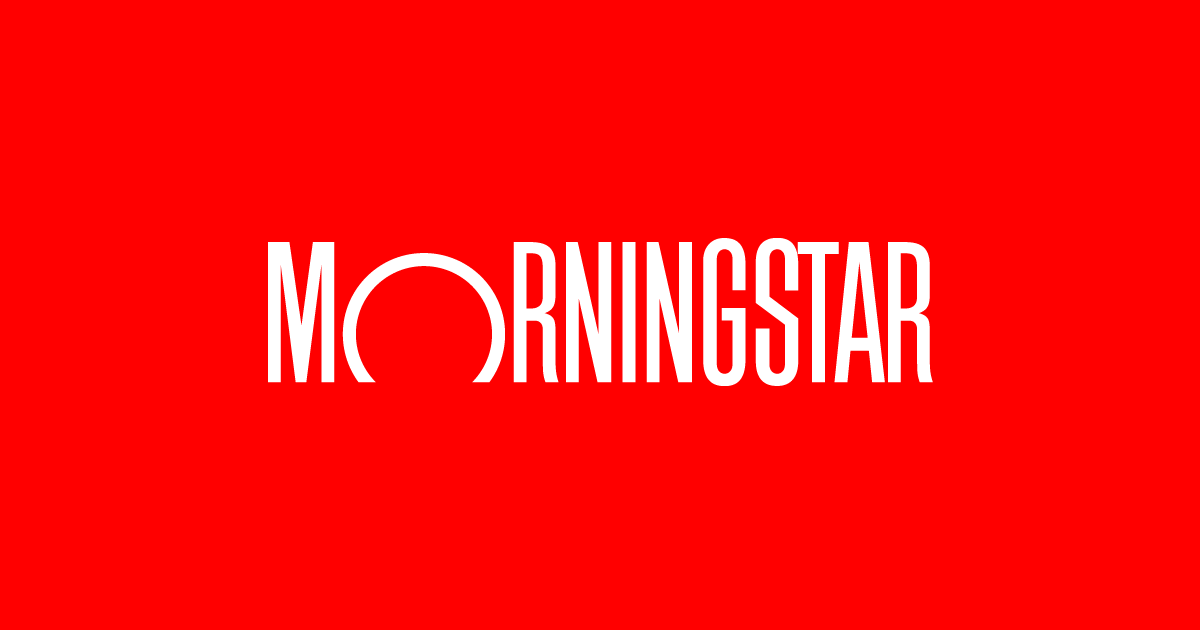The Pound Sterling (GBP) extends Tuesday’s recovery move to near 1.3370 against the US Dollar (USD) during the European trading session on Wednesday. The GBP/USD pair recovers strongly as the US Dollar extends its correction, following comments from Federal Open Market Committee (FOMC) members, including Federal Reserve (Fed) Chair Jerome Powell, regarding labor market concerns.
During the press time, the US Dollar Index (DXY), which tracks the Greenback’s value against six major currencies, trades 0.25% lower to near 98.80.
On Tuesday, Powell stated that the US labor market remained mired in its “low-hiring, low-firing doldrums” through September, despite the economy remaining somewhat on a “firmer trajectory than expected”. “Economic activity data are surprising to the upside, creating some tension with the labor market data,” he added.
Separately, Fed Governor Michelle Bowman and Boston Fed President Susan Collins also warned of labor market risks and explicitly supported the need for more interest rate cuts. “The job market risks suggest more easing is needed, so perhaps another 25 bps of easing might be appropriate,” Collins said.
According to the CME FedWatch tool, traders see a 94.6% that the Fed will reduce interest rates by 50 basis points (bps) to 3.50%-3.75% in the remaining year.
Additionally, ongoing US-China trade tensions have also been a drag on the US Dollar. China has begun charging additional port fees on ocean shipping firms that move everything from holiday toys to Crude Oil, which market participants saw as a response to fees charged by the US.
Pound Sterling trades mixed against its peers ahead of UK GDP data
- The Pound Sterling trades mixed against a majority of its currency peers on Wednesday. The British Pound is expected to face selling pressure as traders have raised bets supporting more interest rate cuts by the Bank of England (BoE) in the remaining year.
- According to a report from Reuters, money markets are pricing in a 46-basis-points (bps) interest rate reduction by the BoE in the remaining two monetary policy meetings this year.
- BoE dovish bets escalated after the release of the United Kingdom (UK) labor market figures for the three months ending in August. On Tuesday, the data showed that the ILO Unemployment Rate rose further to 4.8% and Average Earnings Excluding Bonus cooled down to 4.7% on year, the lowest level seen since May 2022.
- Cooling job demand and hopes of a slowdown in inflation expectations bolstered wagers for more interest rate cuts this year.
- Additionally, BoE Governor Andrew Bailey has also acknowledged slowing job market conditions while speaking at an event hosted by the Institute of International Finance in Washington on Tuesday. Bailey stated that the latest job data support his argument that the UK labor market is slowing and inflationary pressures are cooling down. However, Bailey didn’t comment on the monetary policy outlook.
- Contrary to market expectations, the International Monetary Fund (IMF) has warned caution for more BoE interest rate cuts, citing that price pressures in the UK economy are likely to remain the highest this year and in 2026 among Group of Seven (G7) economies. The IMF has expected inflation to average around 3.4% and 2.5% on a yearly basis in 2025 and 2026, respectively.
- Going forward, investors will focus on the monthly Gross Domestic Product (GDP) and factory data for August, which will be released on Thursday.
Technical Analysis: Pound Sterling forms Head and Shoulder pattern
-1760513901072-1760513901077.png&w=1536&q=95)
The Pound Sterling extends its recovery move to near 1.3370 against the US Dollar on Wednesday. The GBP/USD pair advances strongly after attracting bids near the 200-day Exponential Moving Average (EMA) around 1.3270.
However, the outlook for the Cable remains uncertain amid the Head and Shoulder chart formation on a daily timeframe.
The 14-day Relative Strength Index (RSI) finds cushion near 40.00. A fresh bearish momentum would emerge if the RSI falls below that level.
Looking down, the August 1 low of 1.3140 will act as a key support zone. On the upside, the psychological level of 1.3500 is the next key barrier.
Economic Indicator
Gross Domestic Product (MoM)
The Gross Domestic Product (GDP), released by the Office for National Statistics on a monthly and quarterly basis, is a measure of the total value of all goods and services produced in the UK during a given period. The GDP is considered as the main measure of UK economic activity. The MoM reading compares economic activity in the reference month to the previous month. Generally, a rise in this indicator is bullish for the Pound Sterling (GBP), while a low reading is seen as bearish.







